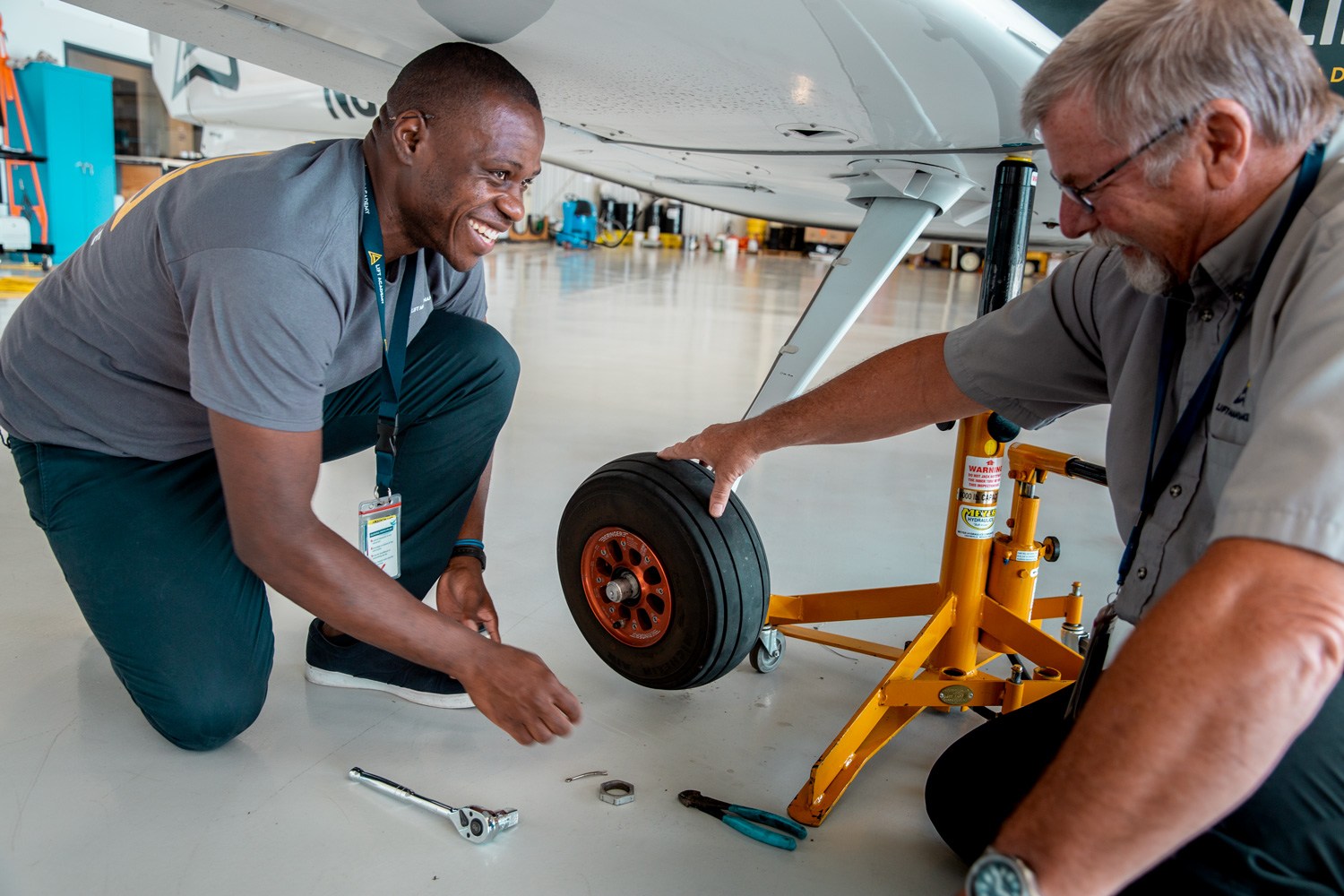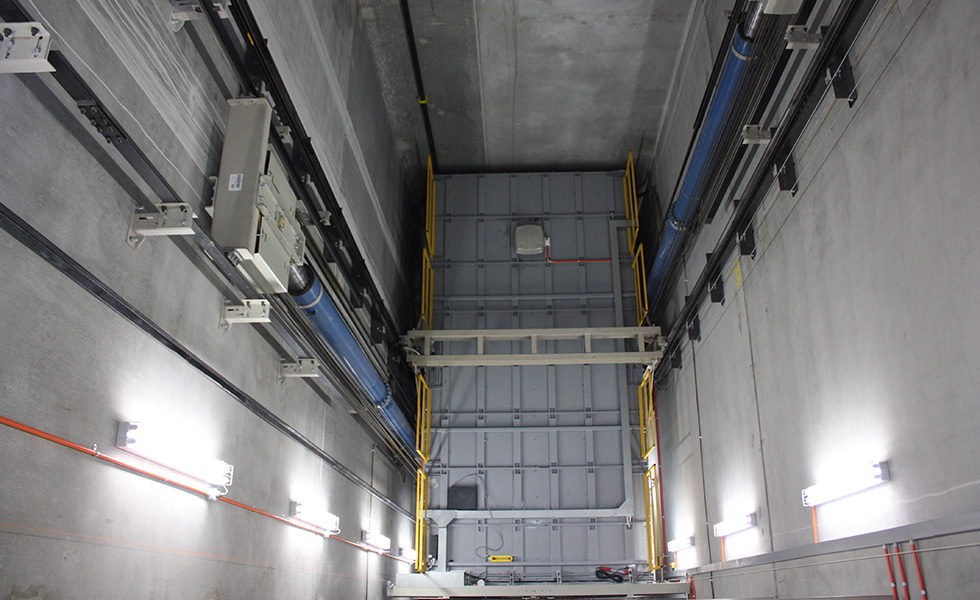Trusted Lift Maintenance Repair Solutions for Reliable Operation
Trusted Lift Maintenance Repair Solutions for Reliable Operation
Blog Article
Pro Tips for Preserving Your Lift in Leading Condition: A Comprehensive Summary
Making certain the ideal functioning of a lift system is essential for a effective and secure operation in numerous settings, from commercial storehouses to commercial structures. By adhering to an organized upkeep program and preemptively dealing with possible problems, lift proprietors can reduce pricey downtime and safety threats.

Relevance of Routine Upkeep
Regular upkeep of your lift is crucial to guarantee its optimal performance and long life. By adhering to a routine upkeep routine, you can recognize and deal with possible issues before they escalate right into expensive repairs or unforeseen downtime. Routine maintenance tasks such as lubricating moving components, examining for damage, and examining hydraulic systems can aid protect against malfunctions and make sure secure operation.
Ignoring normal maintenance not only jeopardizes the performance of your lift but also presents safety and security threats to users and building. Components that are not correctly preserved might fall short all of a sudden, leading to mishaps or damage to the lift itself. Additionally, addressing issues at an early stage with maintenance can prolong the life expectancy of your lift and lower the likelihood of major malfunctions.
In enhancement to enhancing safety and security and efficiency, normal upkeep can additionally conserve you cash over time. By buying preventative upkeep measures, you can avoid costly repairs or replacements that may occur from overlooking the upkeep of your lift. In general, focusing on routine maintenance is vital for making the most of the performance and longevity of your lift system.
Top Parts to Check

Additionally, pay attention to the lift's security functions, such as emergency situation stop switches, safety and security sensors, and interlocking devices, to guarantee they are functioning properly. Frequently check the lift shaft for particles or blockages that could restrain the activity of the lift car. Last but not least, do not neglect to analyze the doors, joints, and door drivers to guarantee smooth opening and closing operations. By carefully evaluating these leading components, you can catch potential problems early and guarantee your lift stays in leading problem.
Proactive Troubleshooting Methods
By tracking metrics such as lift speed, electric motor temperature, and power intake, upkeep teams can recognize early indicators of prospective problems and take rehabilitative actions prior to they escalate. Furthermore, implementing a precautionary upkeep schedule that includes lubrication of relocating components, screening of emergency brakes, and calibration of sensors can proactively resolve common lift system issues.
In addition, buying training programs for maintenance personnel on repairing techniques particular to the lift version mounted can equip them to identify and resolve issues quickly. By remaining in advance of possible problems through positive troubleshooting, lift drivers can ensure a smoother and much more trusted operation while reducing the danger of unforeseen breakdowns.
Important Lubrication Practices
Carrying out proper lubrication techniques is critical for guaranteeing the smooth operation and longevity of lift systems. Regular lubrication helps in reducing friction between relocating components, protecting against wear and tear that can lead to costly repairs and downtime. When it concerns lift maintenance, following a strict lubrication schedule is essential.
Selecting the right lubricating substance is the primary step in effective upkeep. Various elements of the lift system may call for certain sorts of lubricating substances, such as grease or oil. Speak with the manufacturer's standards to identify the ideal lubes for each component.

Routinely evaluating the problem of lubricated parts is additionally essential. Look for indications of excessive wear, contamination, or insufficient lubrication. Resolve any type Lift Maintenance Repair of concerns immediately to stop additional damage and make certain the ongoing smooth operation of your lift system. By focusing on appropriate lubrication practices, you can expand the life-span of your lift and enhance its performance.
Precaution for Lift Operators
In order to keep a secure functioning environment and promote functional effectiveness, lift operators have to carefully adhere to recommended safety procedures, together with prioritizing crucial lubrication methods for optimum lift efficiency. Safety actions for lift drivers are critical to stop crashes and make sure the smooth functioning of the lift system.
In addition, lift operators have to prioritize individual protective tools (PPE) such as safety helmets, gloves, and harness when operating at heights or handling heavy lots. Clear communication among drivers, maintenance specialists, and other employees is essential to stop misunderstandings that can lead to accidents. Last but not least, operators ought to remain alert, concentrated, and prevent diversions while operating the lift to make sure the safety and security of themselves and others around.
Verdict
To conclude, preserving a lift in leading problem is essential for making certain safety and effectiveness in procedures. Normal maintenance, extensive examinations of key elements, aggressive troubleshooting, proper lubrication practices, and adherence to security procedures are essential for extending the life expectancy of the lift and protecting against accidents. By following these guidelines, lift operators can make sure the ongoing capability and safety and security of their tools.
By sticking to an organized upkeep regimen and preemptively dealing with prospective concerns, lift owners can minimize expensive downtime and security threats. Frequently inspect the lift shaft for debris or obstructions that could hamper the activity of the lift auto.In order to keep a risk-free functioning setting and promote functional performance, lift drivers should rigorously adhere to prescribed safety and security methods, together with prioritizing vital lubrication methods for optimal lift efficiency. Safety and security procedures for lift operators are crucial to prevent crashes and make certain the smooth functioning of the lift system. Regular upkeep, detailed examinations of vital elements, proactive troubleshooting, correct lubrication methods, and adherence to security measures are crucial for extending the lifespan of the lift and preventing mishaps.
Report this page